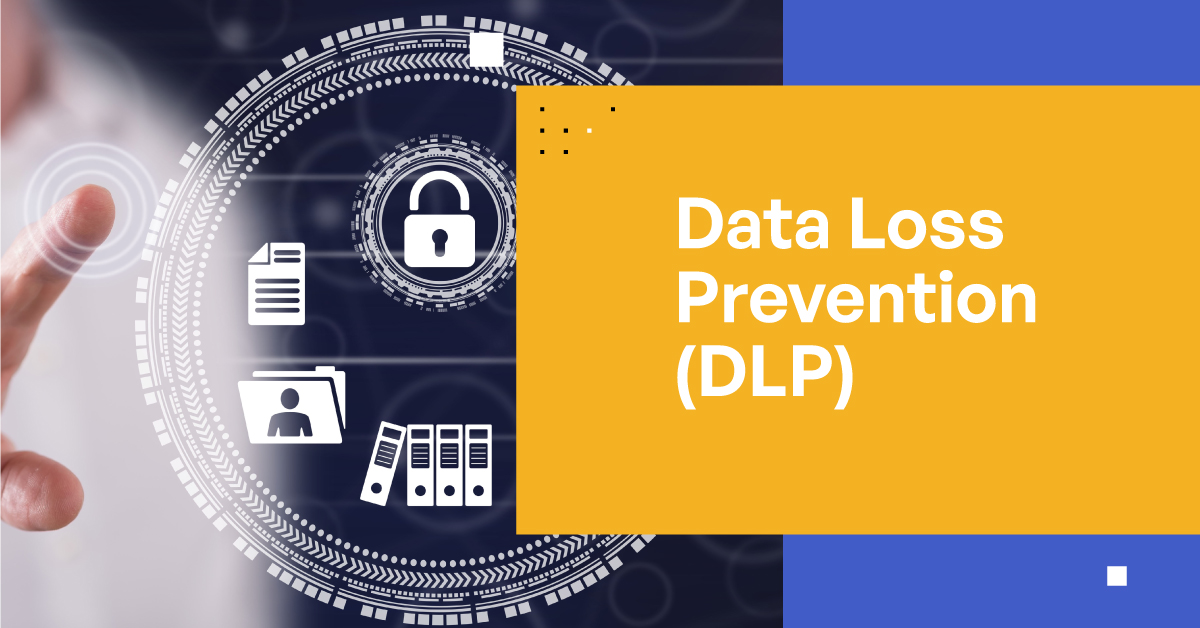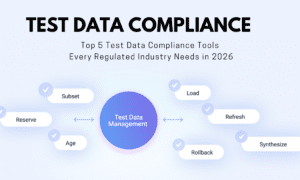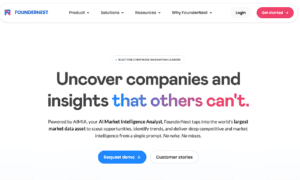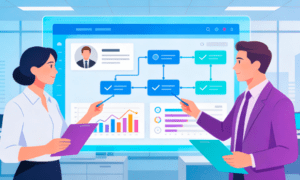In a world where data is the new currency, securing sensitive information has become more critical than ever. Data loss prevention software (DLP) is a security solution designed to detect, monitor, and protect sensitive data from unauthorized access, transfer, or leaks. Whether it’s accidental exposure by employees or intentional breaches, DLP software ensures critical business information remains confidential and compliant with data regulations.
Understanding what is data loss prevention goes beyond simple security measures. It involves a strategic framework that leverages technology to monitor data movement, user behavior, and access points to prevent leakage. For modern businesses handling financial records, intellectual property, or personal customer data, DLP solutions are indispensable.
Key Features of Data Loss Prevention Software
Effective data loss prevention software is built with a suite of advanced features to monitor, analyze, and block risky behavior in real-time. Here are the most essential ones:
1. Insider Threat Prevention
DLP tools can track employee actions and flag anomalies that may indicate malicious intent or policy violations. By identifying suspicious behavior early, organizations can act before data is compromised.
2. Data Misconduct Detection
Whether it’s uploading sensitive data to unauthorized platforms or copying confidential files to USB drives, DLP systems are equipped to detect and prevent misconduct based on pre-set rules.
3. User Behavior Analytics (UBA)
Modern DLP software uses AI and machine learning to analyze user behavior over time. It creates behavioral baselines and alerts administrators when irregular patterns occur.
4. Continuous Data Monitoring
With real-time monitoring capabilities, organizations can get a bird’s-eye view of how data is accessed, shared, and stored across endpoints, cloud platforms, and email.
5. Employee Monitoring
DLP software isn’t just about security—it’s also about productivity. By monitoring employee activity, businesses can improve workflow management while ensuring compliance and security.
Benefits of Data Loss Prevention Software
Adopting DLP software provides a multitude of benefits for any organization:
- Protection Against Insider Threats: Employees, whether intentionally or not, can pose a serious risk to data. DLP tools mitigate this by keeping tabs on internal activities.
- Avoid Financial Penalties: Data breaches can lead to regulatory fines. By staying compliant, organizations avoid costly penalties and reputational damage.
- Improved Productivity: By automating threat detection, IT teams can focus on strategic initiatives instead of constant surveillance.
- Real-Time Response: DLP systems provide instant alerts, enabling swift action when suspicious activities occur.
- Increased Visibility: From endpoints to cloud services, DLP software gives organizations full visibility of where their data resides and how it moves.
Compliance and Privacy Considerations
With stringent data privacy laws like GDPR, HIPAA, and CCPA, businesses are under more pressure than ever to protect user data. Data loss prevention software plays a pivotal role in this by ensuring organizations:
- Classify and encrypt sensitive data
- Track data access and sharing in real-time
- Generate compliance-ready reports
- Set granular user access policies
When implemented ethically and transparently, DLP solutions can help businesses uphold user privacy and maintain trust, all while meeting legal obligations.
Use Cases Across Industries
Data loss prevention software isn’t a one-size-fits-all solution. Different industries leverage it in different ways:
- Healthcare: Protects patient records and ensures HIPAA compliance.
- Finance: Prevents financial fraud and secures transactional data.
- Education: Safeguards student records and intellectual property.
- Legal: Ensures attorney-client confidentiality in document sharing.
- E-commerce: Secures customer payment data and prevents breaches.
Choosing the Right Data Loss Prevention Software
With numerous solutions on the market, selecting the top data loss prevention software requires careful evaluation. Consider the following factors:
- Scalability: Can it grow with your business?
- Ease of Integration: Does it work seamlessly with your existing IT infrastructure?
- User Interface: Is the dashboard intuitive for your security team?
- Support and Updates: Is there reliable vendor support and regular software updates?
- Customization: Can you define policies based on your specific data protection needs?
Look for vendors that offer demos or trials so you can test the software in your environment before committing.
Best Practices for Implementation
Successfully implementing data loss prevention software involves more than just installation. Follow these steps for smooth deployment:
- Identify Sensitive Data: Start by classifying data and determining what needs protection.
- Set Clear Policies: Define rules and thresholds for data usage and movement.
- Train Employees: Educate staff about data policies and their role in compliance.
- Monitor and Adjust: Continuously analyze results and fine-tune policies based on real-world usage.
Trends and Future Outlook
The landscape of DLP is evolving rapidly with the rise of remote work, cloud adoption, and AI-powered cybersecurity. Key trends to watch include:
- Cloud-Native DLP: Solutions designed specifically for cloud platforms like Google Workspace and Microsoft 365.
- Zero Trust Architecture: Integration of DLP with zero trust frameworks to enhance endpoint and network security.
- AI & Machine Learning: Smarter threat detection and predictive analytics are making DLP tools more proactive and accurate.
- Unified DLP Platforms: Combining endpoint, network, and cloud DLP into a single pane of glass for better visibility and management.
Conclusion
In today’s data-driven business world, protecting sensitive information is non-negotiable. Data loss prevention software is a must-have tool for mitigating internal and external threats, ensuring compliance, and maintaining organizational integrity. As cyber threats continue to evolve, so must our strategies—and investing in robust DLP software is a crucial step in securing the future.
Whether you’re a healthcare provider, financial institution, or small business, choosing the top data loss prevention software tailored to your needs can offer peace of mind and long-term success.
FAQs
1. What is data loss prevention and how does it work?
Data loss prevention (DLP) is a set of tools and strategies used to ensure sensitive data is not lost, misused, or accessed by unauthorized users. DLP software works by monitoring data in motion (emails, file transfers), data at rest (databases, file systems), and data in use (active applications) to detect and block risky behavior such as unauthorized sharing, copying, or movement of critical information.
2. Why do businesses need data loss prevention software?
Businesses need data loss prevention software to protect confidential data from internal and external threats. It helps prevent data breaches, ensures compliance with regulations like GDPR and HIPAA, detects insider threats, and provides visibility into how sensitive information is handled across the organization.
3. What are the key features to look for in DLP software?
Key features of DLP software include:
- Real-time data monitoring
- Insider threat detection
- Data classification and tagging
- User behavior analytics
- Policy enforcement and alerts
- Integration with existing IT systems
These features help safeguard against both accidental leaks and malicious data theft.
4. How does DLP software support regulatory compliance?
DLP software helps organizations comply with data protection laws by monitoring data flow, enforcing security policies, and generating audit-ready reports. It ensures that personally identifiable information (PII), financial records, and other sensitive data are handled according to legal and industry standards.
5. What are the top data loss prevention software options available today?
Some of the top data loss prevention software solutions include Symantec DLP, Forcepoint DLP, Digital Guardian, McAfee Total Protection for DLP, and Microsoft Purview (formerly Microsoft Information Protection). These platforms offer robust security features, scalability, and integration capabilities for various business sizes and industries.



































